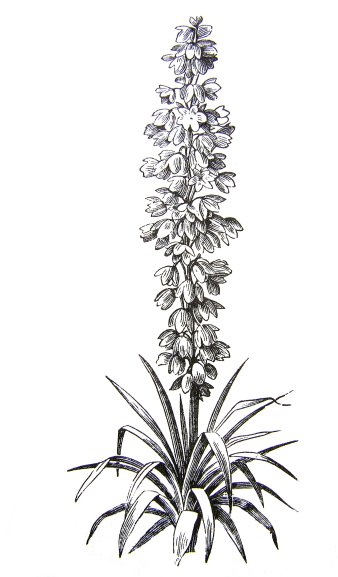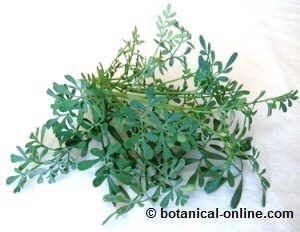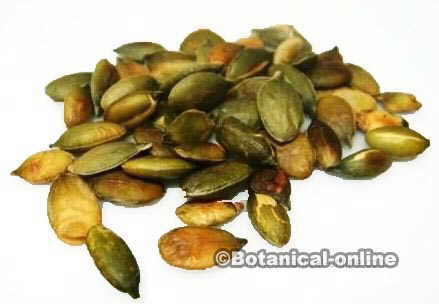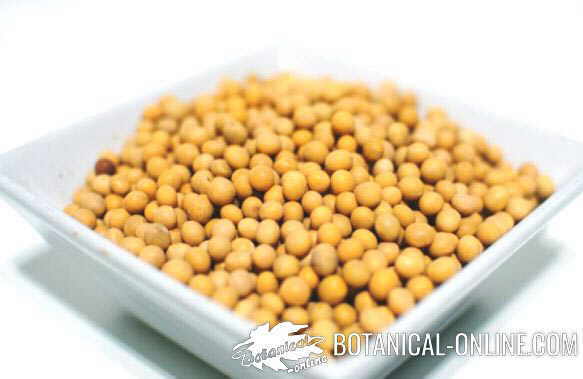Contents
Benefits of wheat flour
Benefits of wheat flour compared to other flours for bread production
Flour is generally produced from soft wheat and it is usually used for bread production, while flour obtained from durum wheat is used primarily for the production of pastries or homemade food.
Wheat flour is used to make bread, biscuits, pasta, etc. Wheat is the cereal that enables more adequately gluten formation. Gluten is a paste formed by mixing glutenin and gliadin proteins along with water. Gluten has a certain plasticity and elasticity which allows it to be shaped. Yeast acts on it causing it to swell by absorbing water vapor and air.
Formerly, men ate whole flour, that’s to say, flour with all the components of wheat grain. Primitive men just ground on a stone the cereal grains collected from the wild or those grown by themselves. Previously, they learned to separate the grains from their sheaths using heat. Later, grains were boiled in water and baked in the form of flat breads on hot stones.
By doing this, they obtained a number of benefits because the mass manually produced was very rich in protein, vitamins, fats, minerals and carbohydrates. The discovery of yeast led to improve food properties and increase its flavor. Most of the yeasts were obtained from the dregs of beer, a beverage that the ancient Egyptians already knew about 5000 BC. Basically the species of wheat used (Triticum aestivum) and the process has remained unchanged to this day.
Wheat was used as the main cereal for producing bread in old times, during the Middle Ages and till the present day. Only, during the nineteenth century, oats and rye became more popular. From the XX century wheat regained its supremacy.
Production of flour from the mill
The process of milling wheat to produce flour was formerly performed manually, using stones. The Egyptians learned to move huge slabs that were rubbed each other pulled by animals. Over time, some other mechanical processes were applied, using the force of water or wind. Modern mills operate electrically or with fuel.
Regardless of the medium, the use of more or less adjusted mechanisms allows the extraction of a more or less refined flour. In older processes, it was extracted with a single operation. In modern times, more complex processes are made to separate several different products.
For flour to produce a quality bread, it has to undergo an oxidation process. This can be performed in a natural way by means of allowing it to stand for about 20 or 40 days. Modern companies use chemicals to carry out this oxidation in a more rapid and uniform way. The most widely used today is vitamin C or ascorbic acid. To prevent wheat flour from going rancid, oxidation process, being done done in a natural manner, must be carried out in a cold environment.
In addition to oxidation a bleaching process is generally accomplished to remove some yellow pigments that could make flour to become yellow. Other additives such as vinegar, calcium phosphate, etc. are added for preservation or for further improvement of its visual aspect. A vitamin B complex should be added to refined flour to compensate for the loss of these vitamins.

Photo of windmill. Windmills use the power of this element to move the gears to grind the grain to produce flour.
Whole wheat flour and refined wheat flour
From the twentieth century, mechanization of wheat cleaning process led to the production of increasingly refined flour, in which the outer parts of the wheat kernel, commonly known as bran, are separated and put apart from the final product. Flour basically becomes a food with starch and protein contents.
Flour refining tends to produce a more durable product by means of getting rid of fats that can easily become rancid in time. Moreover, bread produced from refined flour is generally more palatable to consumers.
White flour obtained is very rich in carbohydrate but lacks minerals and vitamins that are found in the bran and germ. With refined flour white bread is made. Nutritionally speaking, this is a poor quality food when compared with whole-grain bread (that type of bread with a “darker” color). Fortunately, the legal obligation in some countries to include vitamin B compensates for the loss of this vitamin, but not the loss of most minerals and other vitamins, such as it can be seen in the table below.
However, sometimes, to increase sales, a supposed whole bread is sold, although it is not really whole bread. This is just refined bread obtained from refined flour to which some ground bran has been added. So, we can realize that we buy white bread with small darker spots corresponding to the bran added.
This bread is not truly whole bread, which can be easily distinguished because it shows a uniform dark mass. It is only whole bread that is most dietetically recommended. The following table provides a comparison between food properties of different wheat flours:
Composition of wheat flour per 100 gr. | |||
| Whole | Refined | Refined with added vitamin B | |
| Water | 10.27 g | 11.92 g | 11.92 g |
| Calories | 339 kcal | 364 kcal | 364 kcal |
| Fat | 1, 87 g | 0, 98 g | 0, 98 g |
| Proteins | 13.70 g | 15.40 g | 15.40 g |
| Carbohydrates | 72, 57 g | 76, 31 g | 76, 31 g |
| Fiber | 12.2 g | 2, 7 g | 2, 7 g |
| Potassium | 405 mgs | 107 mgs | 107 mgs |
| Phosphorus | 346 mgs | 108 mgs | 108 mgs |
| iron | 3.88 mgs | 4.64 mgs | 4.64 mgs |
| Sodium | 5 mgs | 2 mgs | 2 mgs |
| Magnesium | 138 mgs | 22 mgs | 22 mgs |
| Calcium | 34 mgs | 15 mgs | 15 mgs |
| Copper | 0, 38 mgs | 0, 14 mgs | 0, 14 mgs |
| Zinc | 2, 93 mgs | 0.70 mgs | 0.70 mgs |
| Manganese | 3,79 mcg | 0, 682 mcg | 0, 682 mcg |
| Vitamin C | 0 mg | 0 mg | 0 mg |
| Vitamin A | 0 UI | 0 UI | 0 UI |
| B1 vitamin (Thiamin) | 0.4 mgs | 0.1 mgs | 0.7 mgs |
| B2 vitamin (Riboflavin) | 0, 215 mgs | 0, 04 mgs | 0, 494 mgs |
| B3 vitamin (Niacin) | 6, 365 mgs | — mg | 5, 904 mgs |
| B6 vitamin (Pyridoxine) | 0, 341 mgs | 0,2 | 0.044 mgs |
| Vitamin E | 1230 mgs | 0. 060 mgs | 0. 060 mgs |
| Folic acid | 44 mcg | — mcg | 128 mcg |
![]() Related information: Bran, How to make bread at home
Related information: Bran, How to make bread at home
![]() More information about wheat.
More information about wheat.








